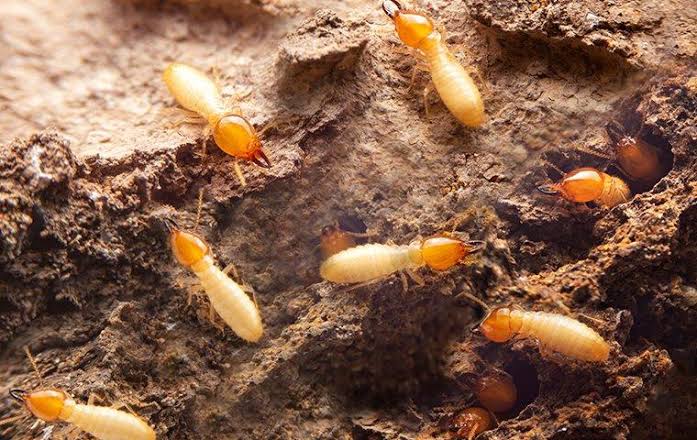Termites are silent carnivores who wreak havoc on houses without giving warning until it’s too late. Due to the environment in Denver, which encourages termite activity, homeowners must be on the lookout for possible infestations. Early detection of warning indicators can prevent future expensive repairs and structural damage. These four indicators explained by Saela Pest Control may indicate that termites are present in your Denver house.
1. Swarmers:
They are also referred to as alates or flying termites, the presence of swarmers is one of the most obvious indicators of a termite infestation. From established termite colonies, these winged insects emerge to find mates and start new colonies. In Denver, termite swarms typically occur in the spring or early summer when temperatures and humidity levels are ideal for reproduction.
A termite colony may be present if you see a swarm of flying insects surrounding your house, particularly close to light sources like windows or outdoor lighting. Even though a single swarmer might not be dangerous right away, their presence indicates that there may be a bigger termite colony nearby, necessitating a careful investigation by a qualified pest treatment specialist.
2. Hollow or Damaged Wood:
Termites gradually wreak structural havoc by feeding on cellulose-based materials including cardboard, paper, and wood. Termite activity is often indicated by hollow or damaged wood in your home. Try tapping on wooden objects like furniture, walls, or floors to see if there’s a hollow sound. Furthermore, look for any deformed or swollen wood as this may be a sign of termite tunneling beneath wooden structures.
Termites are a danger to the structural integrity of buildings in Denver, where wood frames and siding are used in the construction of most residences. Termite infestations can be identified early and significant property damage can be avoided by routinely checking wooden structures for damage indicators.
3. Mud Tubes:
The most prevalent termite species in Denver are subterranean termites, they dig tunnels or mud tubes to keep themselves safe from predators and to preserve moisture while searching for food. These pencil-sized tubes are usually located under wooden structures, in crawl spaces, or along housing foundations.
Inspect the exterior of your home for mud tubes extending from the ground up to wooden components, such as foundation walls or sill plates. Breaking open these tubes may reveal live termites or termite workers, indicating an active infestation that requires immediate attention from a professional pest control technician.
- Discarded Wings:
Termite swarmers shed their wings after mating and swarming, leaving behind heaps of abandoned wings close to doorways, windowsills, and light fixtures. When you discover abandoned wings within, it’s obvious that termites are active nearby, and you should immediately do a comprehensive inspection of both the inside and outside of your house.
Look for accumulations of tiny, translucent wings, especially in places with wood or dampness, as termites like these kinds of environments. Termite infestations can be stopped early on by eliminating any favorable conditions and promptly removing spent wings from your property.
Denver homes are constantly at risk from termites, which can seriously harm buildings if ignored. Understanding the telltale indications of termite activity and doing routine inspections will enable you to identify infestations early and take preventative action to safeguard your property. Don’t wait to get a thorough inspection and treatment plan from a licensed pest control expert if you think your Denver home may be infested with termites. Recall that reducing damage and maintaining the integrity of your property depends on early identification.
Read Also : Understanding Zscaler for Secure Digital Transformation

